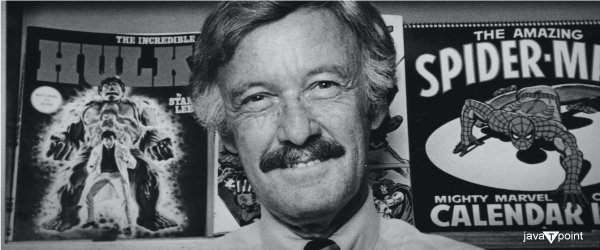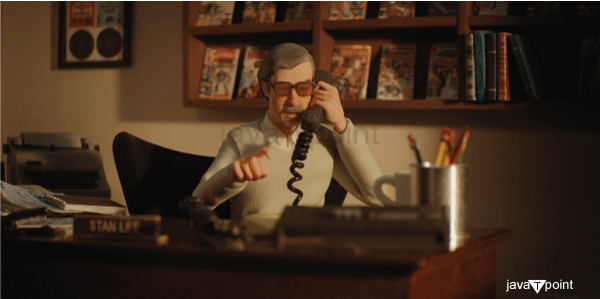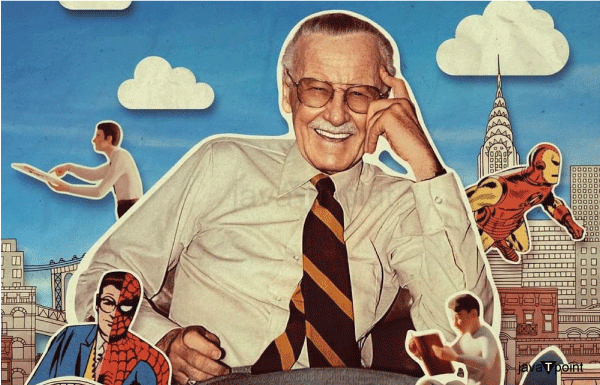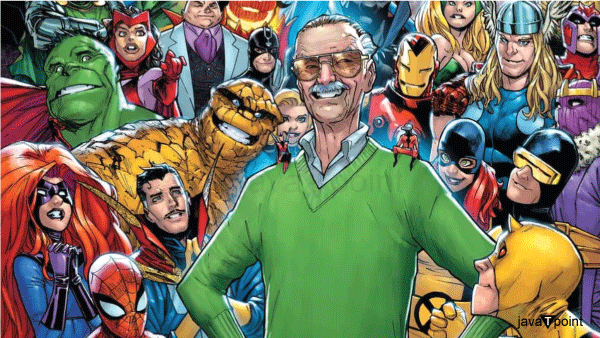Stan Lee ReviewIntroductionThe movie prefers to keep on the superficial level rather than delve further into subjects we already know about Lee's life, giving the impression that it is more of an introduction to Lee's life than a real biography. Stan Lee is an ideal starting point as a fun, surface-level introduction to one of the numerous works on Lee's life for younger viewers acquainted with Lee and the beginnings of Marvel's comics and its characters. The documentary lacks a clear narrative; instead, it is explained by Lee through preserved footage from various points in his life. Until the final minutes, when we move into the Marvel Studios era and the final years of Lee's life (he tragically passed away in 2018), the documentary consists mainly of an accumulation of Lee's stories and experiences. 
Occasionally, there will be some creative storytelling, using handmade paper and clay comic-style pictures to illustrate the sections of the story (phone calls, etc.) that don't directly involve visuals. The documentary is humorous enough to get away with just this; it can shift between lessons on the history of comic books and lessons on personal history without losing focus on what (or who) it's about. Though it is a wonderful starting point for new audiences, it is unclear exactly who the documentary is for since the majority of its prospective viewers ? people who are curious enough to take in a documentary about Lee's life ? probably have heard a lot of the information they are taught during the film. ReviewAside from the fact that Stan Lee became the de facto editor of comic books at 19, the most interesting thing about him is his gorgeous, small dioramas. Stan Lee's tale now has a heightened fairytale quality thanks to David Gelb, the director of the contemplative Jiro Dreams of Sushi. In addition to interviews with notable figures, including renowned artist Jack Kirby, Lee's secretary, the Fantastic Flo Steinberg, & MCU president Kevin Feige, the documentary portrays Lee's narrative in his own words. 
Stan Lee relates the narrative of Stanley Martin Lieber, who grew up in Manhattan on the 28th of December 1922, and immigrant parents to Romania. He uses interviews, the dioramas mentioned above, and beautiful rare comic book illustrations from the early days to present the story successively. Young Lieber was persuaded that holding a job is the most vital thing in his life after witnessing his dad's battle with putting food on the table. In 1939, his uncle helped him land a position at Timely Comics, which marked the start of a protracted and successful adventure. Although he adopted a pseudonym (a pun on his initials, Stanley), Lee is currently beginning to accept his role in contributing to the pop-cult environment, despite first believing that producing comic books would interfere with his "great American novel." He has funny tales about curious partygoers who would leave immediately after learning he was a comic book author! According to the movie, his first appearance in a comic book was as a text filler for "Captain America Foils the Traitor's Revenge" in May 1941. In 1941, publisher Martin Goodman appointed the 19-year-old as an interim editor; according to Lee, Goodman neglected to appoint an editor, leaving Lee as the company's supreme authority. He joined the military in 1942 and continued to write comics while working on instruction manuals; curiously, his occupation in the Army is listed as a playwright. The movie discusses how he first met Joan Boocock, his wife. The pair fell in love at first sight and were wed in 1947. According to Lee, he wrote several of his books to raise money for Joan or the house. The women in Lee's comics, especially MJ from Spider-Man, were allegedly influenced by Joan. In 1961, The Fantastic Four, a counterattack to DC's Justice League, marked the beginning of Marvel Comics. Hulk, Thor, Iron Man, the X-Men, Daredevil, and Spider-Man soon followed. The Fantastic Four are kicked out of their flat because they can't afford the rent, according to Lee, who discusses the idea of having flawed heroes. In addition, he chose to place The Amazing Spider-Man in New York City rather than a made-up city like Gotham and Metropolis since it was a place he was familiar with. 
He discusses the Marvel universe's logic, according to which characters would cross into one another's adventures. From Black Panther to the legendary X-Men, superheroes were developed to react to the times. Lee would develop a character or story using the Marvel approach. Then an artist?Kirby, Steve Ditko, or another?would produce panels that the writer would subsequently flesh out with dialogue and details. Therefore, it is unsurprising that there were disputes regarding the founder's identity. Who came up with the idea for Spider-Man?Lee or Ditko? It's important to note that Lee preferred Kirby's grandly heroic calligraphy to Ditko's subtle manner for Spider-Man. The documentary rapidly approaches the films and Lee's cameos and skims through the ownership conflicts. A quick reckoner for anybody interested in a biassed account of comics history, the sturdy doc hits all the significant moments just like Arnold does. Perhaps one should hold off till a movie version of Alan Moore's "What We Might Know About Thunderman!" before taking a contrarian stance. 
ConclusionFinally, Stan Lee's drive to support his business and create comic books demonstrates that he will continue to be a hero since, without it, Marvel would not have inspired everyone who needs a superhero. Our differences are what make us unique (X-Men), great power comes with a great burden (Spider-Man), and our challenges have nothing to do with us (The Hulk) are all lessons we learned from Stan Lee.
Next TopicSatyaprem Ki Katha Review
|
 For Videos Join Our Youtube Channel: Join Now
For Videos Join Our Youtube Channel: Join Now
Feedback
- Send your Feedback to [email protected]
Help Others, Please Share









